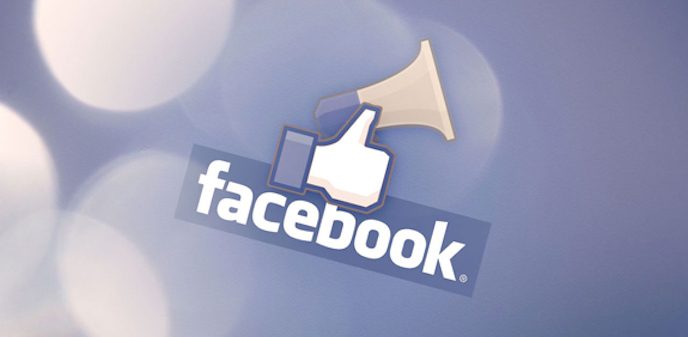Facebook advertising can be very lucrative, but can also be very expensive. You have to be well versed in Facebook marketing to optimize your ads for conversions. No matter what advertising platform you choose, it’s important to pay less per click than what you are averaging per conversions. If $5.00 of advertising has brought me $25.00 in ROI, then it’s a successful campaign. However, you have to be careful when exploring different networks, trying different things. One of the highest converting platforms has been Facebook because you have enormous targeting options. It can be very lucrative, however, the potential to go broke with Facebook advertising is also very high. I decided to do some research into what matters most when advertising on Facebook and was very impressed with what I found. Next, I decided to discuss some of the things I learned along the way as well.
I rarely use Facebook advertising now but the problems I encountered were the same as people face today. Here are the mistakes to avoid when marketing through Facebook Ads.

Targeting the Wrong Audience
This shouldn’t be rocket science and if you’ve been in the business for some time, then you know this applies to everything you do. By now, you should have a good breakdown of your target audience so when you’re setting up your Facebook ads, make sure you make use of the feature. Facebook is awesome because it collects all this information when people are registering so they can definitely pinpoint down to your target audience. However, it’s very important you know what to filter your target audience to and this means to do your research from before. As mentioned, if you’ve been in the business for years, then you’ll know EXACTLY who, what, where, and when to display your ads to.
If you’re just starting out, then use the next feature to find out what works for you.
Split Testing
Just like many ad networks, with Facebook, you can have several variations of ads going at one time. This means you can have different headlines, images, locations, age groups, etc., all going at one time. However, if you will be split testing, then it’s important NOT to get carried away because you can burn your budget quickly. When spit testing, always set a budget for each so you don’t lose enormous money during this initial testing stage and later, you can optimize while increasing your budget.
When split testing, keep a close eye on your ads, making sure you are collecting enough data on each. Your objective is to find the best performing ad so you can convert your budget into a huge ROI.
Device Filter
Through Google Analytics, you can find enormous data on your website and its visitors. I look over several statistics, including device breakdown, because it will tell me what percentage of people are accessing my website through mobile, desktop, and tablet. I can then use this information when setting up my Facebook ads going forward. For example, if the majority of people in my niche are browsing to my website through desktop PCs, then there is NO point in displaying my ads to mobile users. Next, in testing mode, I will always leave all of them on because our ads are displayed in Facebook so a majority of people may use one device over another. However,
In the end, your objective should be to find out what devices your target audience are using, then optimize each ad for that particular device.
You Budget Matters
As mentioned above, it’s very important you always have a budget when starting out. It’s better to start slow then build once you find out what’s working compared to other variations. Once you have this information, you know you’ll be getting a good ROI so you can invest more into ads. However, in the beginning, it’s very easy to become distracted because you have so many options and Facebook allows you enormous flexibility. For example, you can have 50 ads running at one time if you decide you want to set your campaign up this way. However, with a budget of $10.00 per ad, you’ll blow through $500.00 in one single day. This is why I encourage you to take an alternative approach.
Start small and play around with 2-3 ads at one time. Then filter the best ad while tweaking it until you get optimal returns. You can then introduce another ad to test, but limit the budget on that ad to make sure you don’t blow too much money. Next, never ever go above you daily budget because this will cause you to lose flexibility in your testing and optimization because you won’t have a budget to really try out the things you would like to.
